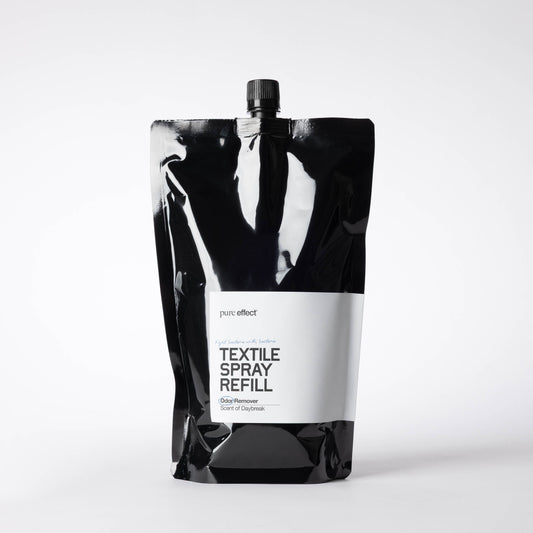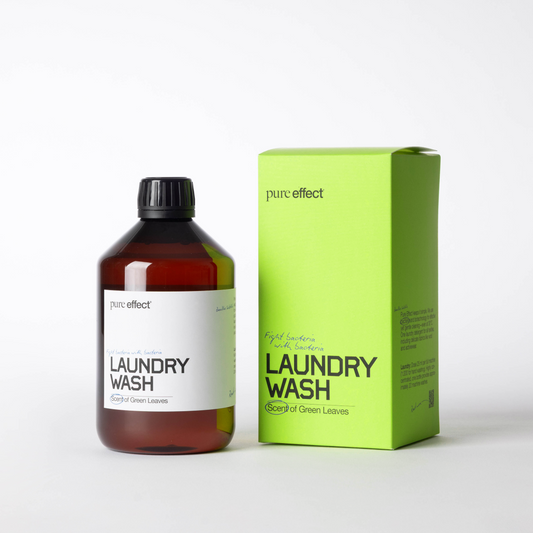
New jeans, or 10 years of drinking water?
Fashion, often associated with trends and style, hides a huge environmental impact, especially when it comes to water. For example, did you know that buying second-hand jeans can save 11,000 liters of drinking water and 1.9 kilograms of chemicals? One pair of new jeans is equivalent to drinking water for one person for 10 years. The text below is based on Taylor Mogaveros´ article from Florida State University, US - maybe it can give you some 'food for thought' and inspire you to make more sustainable choices in the fashion world. Dive with us into the 'water wars' taking place in wardrobes around the world.
The fashion industry, which is the second biggest water hog, consumes 79 billion cubic meters of water every year. That's 79 trillion liters of water. While the clothing industry wastes huge amounts of water to produce fast fashion, people around the world are struggling to secure their drinking water supply. 2.7 billion people are already struggling with water scarcity in the world.
To understand the scale of the problem: A typical cotton sweater requires 2,700 liters of water to produce. That is enough water to keep a person hydrated for 900 days! It's worth thinking twice when considering a newly produced shirt, isn't it?
But how on earth can clothes be so 'thirsty'? The answer is cotton, which is used in 60% of all clothing produced in the US. Cotton is like a water monster, requiring between 7,000 and 29,000 liters of water to produce a single kilogram of raw cotton. Once we have grown it, the cotton has to be processed, dyed and shaped into clothing. The processing of textiles requires around 100-150 liters of water for each kilo of fiber and involves over 8,000 chemicals, resulting in a veritable quagmire of water pollution.
And yes, we can do something about it, AND continue to enjoy clothes and fashion. Firstly, always think about buying second-hand first. Not only is it cool, but it also reduces the clothing industry's impact on water scarcity. Also, extend the life of your clothes by washing less, air-drying and repairing them if they break. When you get tired of your clothes, it is always better to donate or sell them instead of throwing them away.
Also, don't forget to avoid fast fashion brands and try to support companies that use sustainable materials. Look for brands that use organic cotton, recycled cotton or are Fairtrade certified. Sure, it might be a bit more expensive, but you'll get high-quality clothing that lasts longer and makes a positive difference to the environment.
In conclusion, clothing is inevitable and hey, it's fun to tinker with! But there are more eco-friendly ways to consume them. Be aware of what you buy and extend the life of your favorite pieces. Skip the wash, go no-wash and mist them with Textile Mist when needed. You can stack small and large solutions on top of each other and soon it will be your 'best practice' towards a smarter, more sustainable and water-conscious fashion world!
Here is the full article:
https://sustainablecampus.fsu.edu/blog/clothed-conservation-fashion-water
If you want to read more:
Environment & Development: https://miljo-utveckling.se/ett-par-nya-jeans/
Sustainably Chic: https://www.sustainably-chic.com/blog/how-the-fashion-industry-pollutes-water
Forbes: https://www.forbes.com/sites/mikescott/2020/09/19/out-of-fashionthe-hidden-cost-of-clothing-is-a-water-pollution-crisis/




